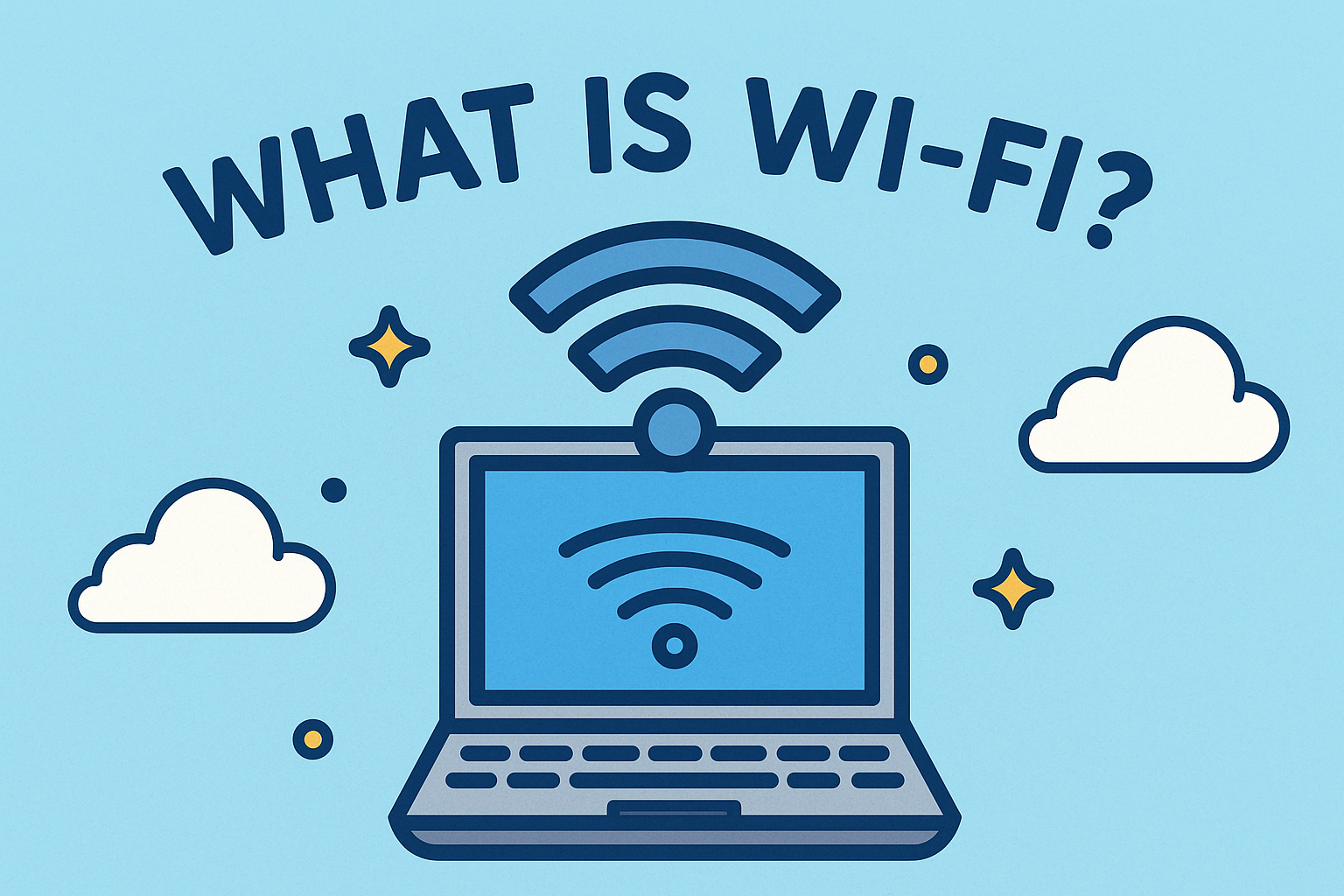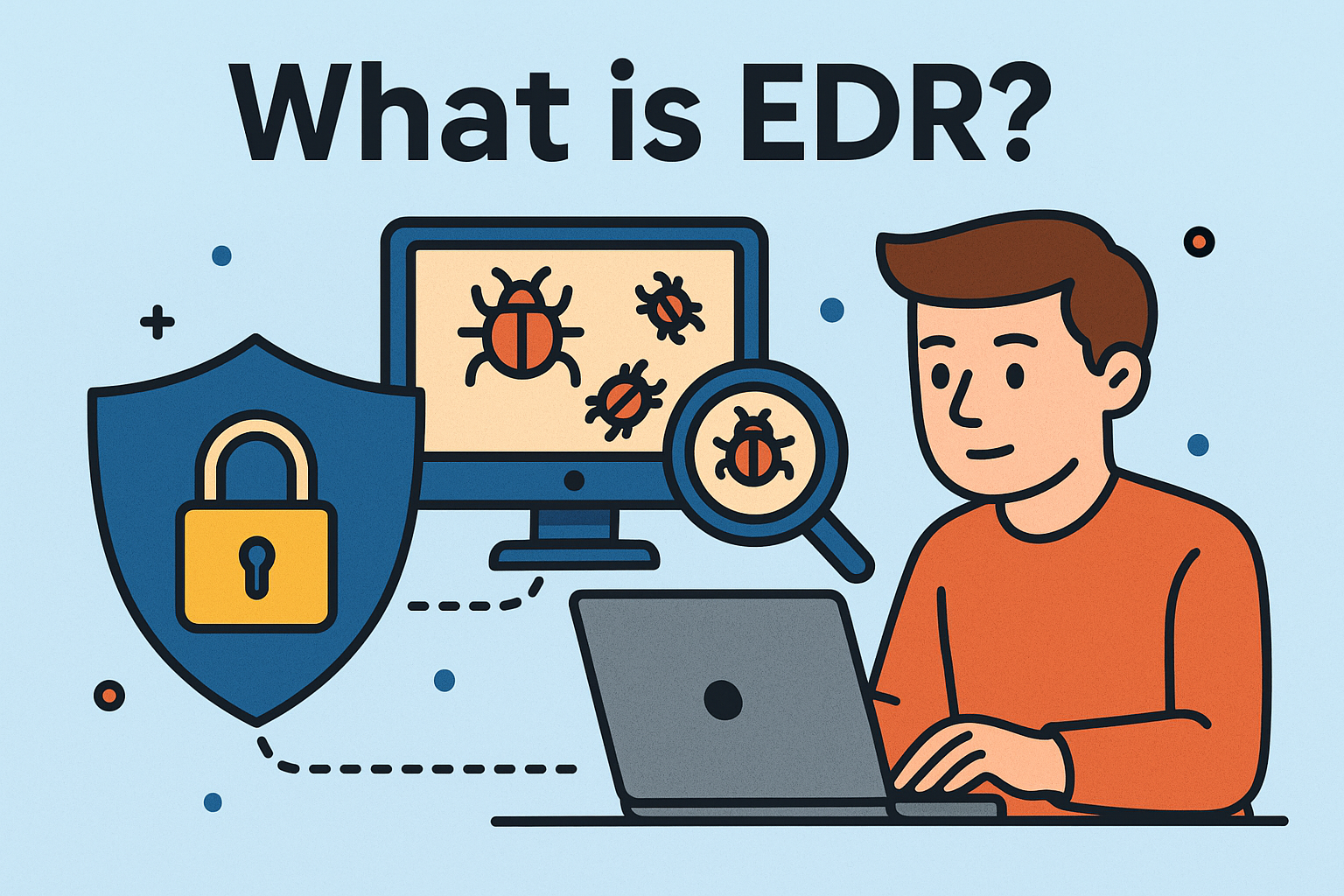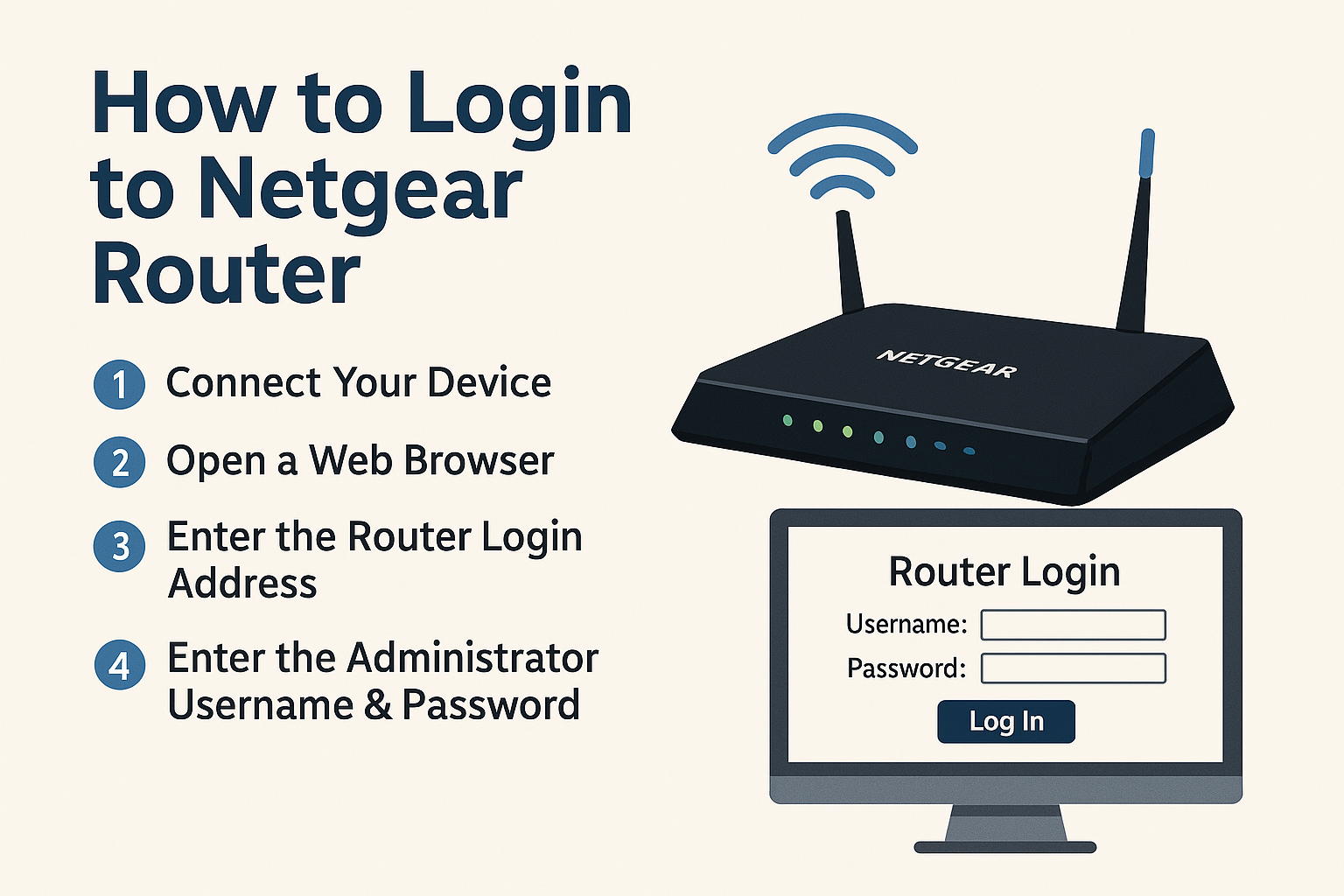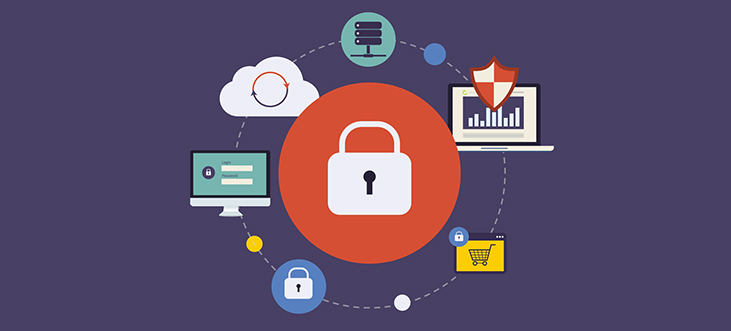What Is WAN? A Complete Guide for Businesses
Updated on October 8, 2025, by Xcitium
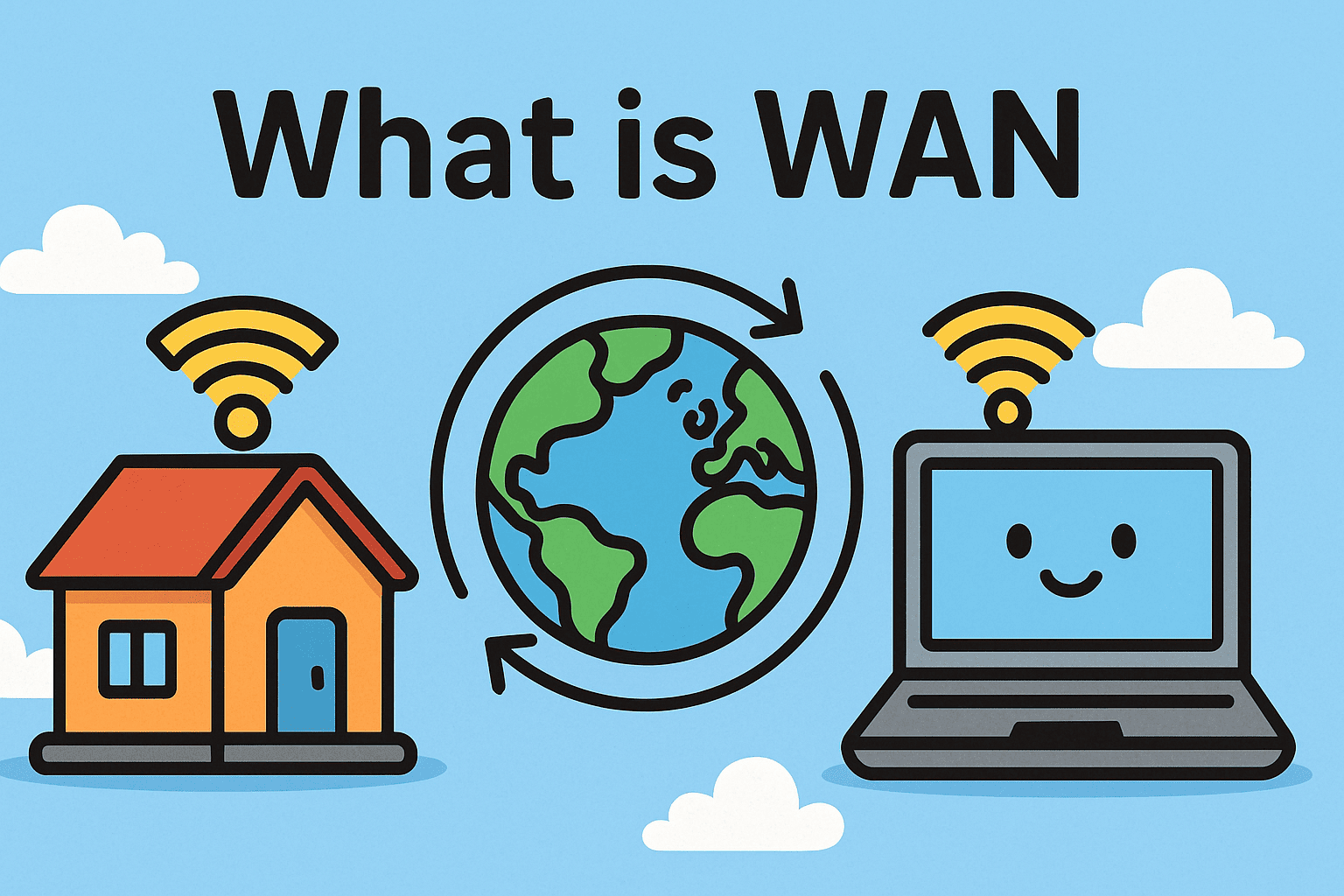
Did you know that over 90% of global enterprises rely on WAN technologies to connect offices, cloud services, and remote employees? As organizations expand globally, reliable connectivity becomes more important than ever. But for many leaders, the question remains: what is WAN, and why does it matter to modern businesses?
Introduction: Why Understanding WAN Matters
A Wide Area Network (WAN) is a communication network that spans large geographical areas, connecting multiple Local Area Networks (LANs). It enables secure data transfer, collaboration, and business continuity across cities, countries, and even continents. For IT managers and CEOs, understanding WAN is crucial for scaling operations, improving security, and enabling remote work.
What Is WAN?
At its core, WAN (Wide Area Network) is a telecommunications network that connects computers and smaller networks across vast distances. Unlike a LAN, which covers a small area like an office, a WAN links multiple locations, enabling global connectivity.
Key Characteristics:
-
Covers large geographic areas.
-
Uses public and private transmission methods (fiber, satellites, MPLS, 5G).
-
Connects multiple LANs or data centers.
-
Supports remote workforce and cloud-based services.
👉 In simple terms: A WAN is the backbone that connects your organization’s branches and cloud resources into one cohesive network.
Why Businesses Need WAN
WANs play a critical role in enterprise IT strategies. Without WAN, global operations would struggle with disconnected systems.
Benefits of WAN:
-
Remote Access – Employees can access company resources from anywhere.
-
Business Continuity – Maintains operations during disruptions.
-
Collaboration – Connects teams across countries in real-time.
-
Cloud Integration – Enables smooth access to SaaS and cloud platforms.
-
Scalability – Easily expands as your business grows.
For decision-makers, WAN ensures seamless global connectivity and security.
Types of WAN Technologies
When discussing what is WAN, it’s essential to understand its different types:
1. Leased Lines
-
Dedicated, high-performance connections.
-
Expensive but reliable.
2. MPLS (Multiprotocol Label Switching)
-
Popular in enterprises for predictable performance.
-
Provides secure, private paths.
3. Broadband Internet WAN
-
Cost-effective and widely available.
-
Less reliable for critical operations.
4. SD-WAN (Software-Defined WAN)
-
Modern solution that optimizes traffic dynamically.
-
Improves performance for cloud and SaaS applications.
👉 SD-WAN is emerging as the future of WAN due to its flexibility and cost savings.
WAN vs LAN: What’s the Difference?
Many confuse WAN with LAN. Here’s a breakdown:
| Feature | LAN (Local Area Network) | WAN (Wide Area Network) |
|---|---|---|
| Coverage Area | Small (office, building) | Large (cities, countries) |
| Speed | Faster | Slower, but improving |
| Cost | Lower | Higher |
| Ownership | Owned by organization | Leased from providers |
| Use Case | Internal networking | Global connectivity |
👉 LAN is your office network. WAN is your enterprise’s global network.
Security Challenges of WAN
While WANs are powerful, they also present security challenges.
-
Data Interception – Sensitive data traveling long distances is vulnerable.
-
Latency & Downtime – Network failures can disrupt operations.
-
Complex Configurations – Mismanagement can create security gaps.
-
Cloud Risks – Increasing cloud usage requires stronger encryption.
Cybersecurity leaders must integrate firewalls, encryption, and endpoint protection into WAN environments to minimize these risks.
Best Practices for WAN Management
To maximize WAN benefits, IT managers should follow these strategies:
-
Adopt SD-WAN – Optimize performance and reduce costs.
-
Encrypt Data Transfers – Protect against cyber threats.
-
Monitor Network Traffic – Detect unusual behavior.
-
Use Redundant Connections – Ensure high availability.
-
Integrate Cybersecurity Tools – Combine WAN with firewalls, EDR, and intrusion detection.
WAN in the Era of Remote Work and Cloud
The shift to remote work and cloud services has made WAN more critical than ever.
-
Remote Workforce Support – Employees rely on WAN for secure VPN access.
-
SaaS & Cloud Applications – WAN ensures fast, reliable cloud connectivity.
-
IoT Devices – Expands connectivity for distributed devices.
-
Global Collaboration – WAN makes hybrid work seamless.
The Future of WAN
WAN is evolving with new technologies:
-
SD-WAN Dominance – Replacing MPLS for flexibility.
-
5G Integration – High-speed wireless WAN connectivity.
-
AI & Automation – Predictive network monitoring.
-
Zero Trust Security – Identity-based WAN access.
For organizations, adopting these innovations means resilient and secure networks in a digital-first world.
FAQs: What Is WAN?
1. What does WAN stand for?
WAN stands for Wide Area Network, connecting networks across large areas.
2. How is WAN different from LAN?
LAN covers small areas (like an office), while WAN spans cities, countries, or continents.
3. What are examples of WAN?
The internet, corporate intranets, and MPLS networks are common examples.
4. Is WAN secure?
Yes, when combined with encryption, firewalls, and modern protocols like SD-WAN.
5. Why is WAN important for businesses?
WAN enables remote work, global operations, and cloud-based services securely.
Conclusion: WAN as the Backbone of Business Connectivity
So, what is WAN? It’s the digital backbone connecting businesses, employees, and cloud services across the globe. For IT managers, CEOs, and cybersecurity professionals, WAN is more than just a network—it’s the foundation for growth, collaboration, and resilience.
As enterprises move toward hybrid and cloud-first strategies, adopting advanced WAN solutions like SD-WAN and 5G will be essential for staying secure and competitive.
👉 Ready to secure your network infrastructure? Request a Demo




